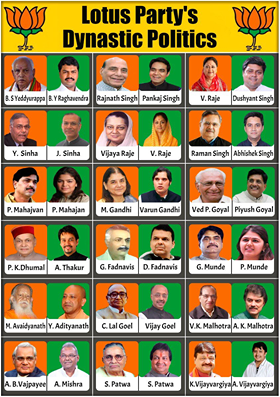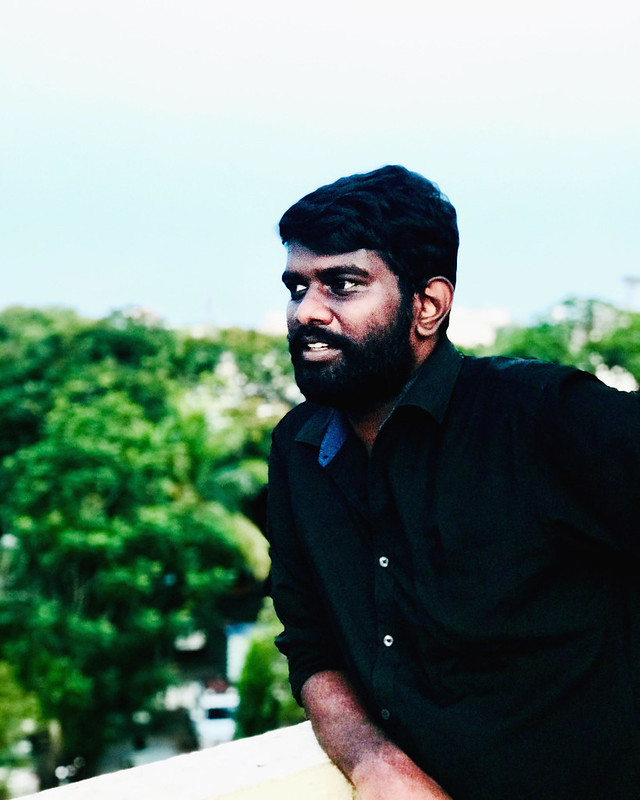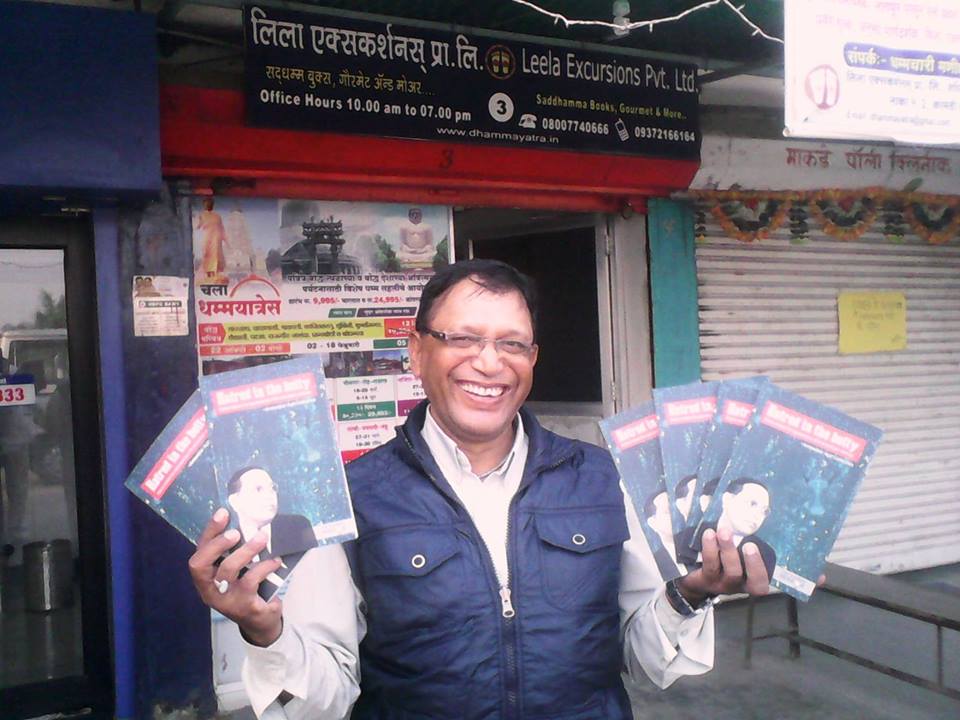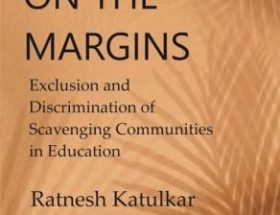S Kumar
The current political system in India has more dynastic rule than any time in the past. Even if we compare with the monarchies of earlier centuries, the rulers had less of a dynastic tendencies because of constant fighting among different regional powers and with invaders. In the past whoever was strong and able to win the war, he was able to rule. It can be said that rulers were self-made due to their strength and leadership skills even though they always wanted to propagate their own dynasty.

In 2019, it was estimated that 30% of Members of Parliament (MP) in India belonged to political families, which means they are close relatives of an already established politician. No political observer will deny the fact that dynastic rule has been there in Indian politics since independence, but the extent of it has certainly increased and become a menace. Indira Gandhi and Rajiv Gandhi are usually given as examples of dynastic rule in politics. Many people would argue that J. L. Nehru started the dynasty rule in politics, but he couldn’t achieve that in his lifetime. After Nehru’s death, Shastri became PM for a short period and Indira Gandhi had to win support from majority members of Parliament after the Congress party split. So, we can’t say that Nehru actually forced the dynasty on Indian politics, even if he might have wanted that to happen but was incapable of winning majority MPs’ support in favor of Indira Gandhi.
Indira Gandhi should ideally be called the biggest proponent of dynastic rule. Before declaration of emergency, she couldn’t force Sanjay Gandhi on Indian politics even after doing everything possible to get her way. The emergency period was the first time in post-independence India that a family member could rule by proxy and give orders to even elected legislators. However, Sanjay Gandhi died in a plane accident in 1981 and Indira’s wish never got fulfilled. Even though she wanted Rajiv Gandhi to succeed her, she was like Nehru who couldn’t get the support of majority MPs to make Rajiv Gandhi PM. Rajiv Gandhi came into politics purely due to Indira Gandhi, but there was no way he could become PM just with the support of Indira Gandhi. Immediately after Indira’s death, Rajiv was appointed to the PM’s position by President Zail Singh, a staunch loyalist of Indira Gandhi. Rajiv called for a general election immediately and won the election. He was certainly an accidental PM due to the sudden death of Indira Gandhi. Rajiv Gandhi’s 1984 election win was based more on communal polarisation than any other election win of BJP later. Rajiv Gandhi used religion and violence simultaneously to win the election, but he can’t be called a dynast for his communal ways.
However coveted the position of PM may be, largely people didn’t complain about dynastic issues in politics. One reason that both Indira and Rajiv were accepted was because both won their own mandates without parents’ support, and hence people still accepted them as leaders. Another reason was that they belonged to the Brahmin caste and hence Savarnas never had any problems with it.
The 1990s was the era of Mandal politics with Janata Dal and its splinter groups ruling in many states. After the implementation of the Mandal commission, the emergence of coalition government with large stakes coming from OBC-dominated Janata Dal parties allured the Indian population towards democracy. This was the period when every citizen felt their voices were heard in Parliament. The late 1990s was also the beginning of deep dynasties across all parties. The first such direct involvement of a family member in a powerful position was by Lalu Yadav.
In 1997, in a surprise move, Lalu Yadav appointed his wife as CM of Bihar. Even though Ms Rabri Devi was not highly educated, that was not a problem and should not be a problem. Prior to her, many people with little education had occupied positions in Parliament. The problem was her own support base in a democratic system. Ms. Rabri Devi was unelected at the time of her appointment as CM and she was later elected within 6 months as MLC to fulfil the legal requirement. This was the second instance after the Indira-Sanjay Gandhi episode of rule by proxy in the name of a family member. While Sanjay Gandhi used national emergency powers, Lalu Yadav realized the power of Anti Defection Law originally proposed by Indira Gandhi that was passed in 1984. Lalu Yadav created RJD to get absolute control over party members (by forming a separate party) in 1997.
The rest of the politicians also realized it very soon and wanted to capture power by becoming party president. In an unprecedented move, Sonia Gandhi became party president of Congress after allegedly locking the previous Congress President and OBC leader Sitaram Kesri in the bathroom during the 1998 coup within the Congress party. She had planned very firmly to keep her family business in the Congress party and later ruled by proxy from 2004 to 2014 in the name of Manmohan Singh (even though not a family member).
To control the MP/MLA party members strong leaders created their own party. Ramvilas Paswan split from Janata Dal (RJD was also split from Janata Dal) to form LJSP in 2000. After splitting from Janata Dal, Biju Janata Dal (BJD) was formed in Dec 1997, however Naveen Patnaik won his own mandate later without his father. Janata Dal (Secular) was split in 1999, again a split from Janata Dal.
The BJP has also created its own dynastic politicians but they were never allowed to become the face of the party or the BJP government. RSS has gone a step further and created a brahmin republic or brotherhood (within RSS) to rule over the government by proxy using control over the party. The Bahujan Samaj Party (BSP) chief has shown similar behavior recently by controlling the party in a heavy handed manner by self-appointing herself Party president repeatedly and appointing/removing elected leaders from the party. Tamil Nadu’s DMK party chief Karunanidhi also appointed his son MK Stalin by controlling the party. Similarly, Shiv Sena chief Bal Thackerey appointed his son Uddhav Thackerey as party chief. Punjab’s Badal family, J&K’s Abdullah family and Mufti Mohammad Sayeed family also followed a similar pattern, forcing family members over the senior leaders of respective parties. Samajwadi Party (SP) chief Mulayam Singh Yadav also introduced and later appointed his son Akhilesh Yadav as CM of Uttar Pradesh.
Politicians with full control over the political party have pushed dynasty rule in political parties, and political parties controlling the Parliament (through anti-defection law) have pushed the same dynastic rule in Parliament.
Now every politician understands the loophole in the anti-defection law to subjugate the entire democratic system by rule of proxy and extends his/her dynasty in politics. It is simply taking control of the party and forcing all members by whip to support the family member. Party members even after being elected democratically remain in office just at the mercy of the Party president.
It is high time to resolve the issue of dynasty in politics by removing control of political parties over Parliament. A political party is not part of the constitutional structure as the members or leaders of the party are self made, or appointed through dynasty, without any participation of the public.
~~~
S Kumar is a technocrat with education from a top engineering institution.
Image courtesy: the internet.










